
It would be the perfect hiding place: a hole carved out of space - time. Optical physicists have created blueprints for a cloak that generates a pocket in reality in which actions can be concealed. In practice, the proposed design can be built only inside the special environment of an optical fibre. But even this constrained space - time cloak could have useful effects, such as assisting quantum computing.
The ideal space - time cloak - the theory behind which is published in the Journal of Optics today1 - would be an upgraded version of the 'invisibility cloak' that was first proposed in 20062,3 and has since been built for some wavelengths of light. Such standard invisibility cloaks are made from metamaterials - substances with a complex internal structure that allows them to channel light around objects like water flowing around a rock in a river. A distant observer perceives the light as if it has travelled in a straight line without ever hitting an intervening object.
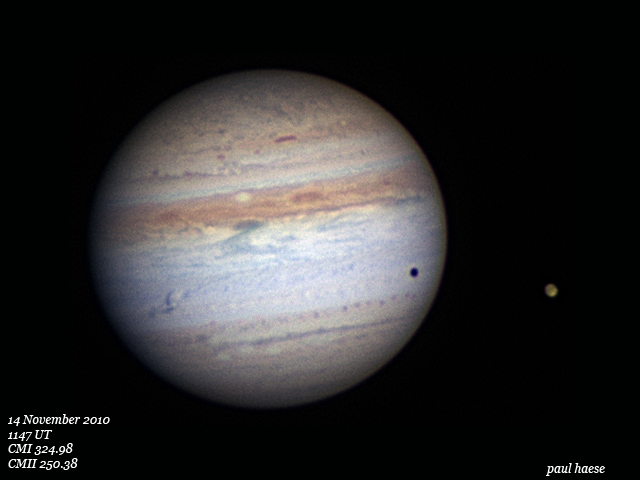
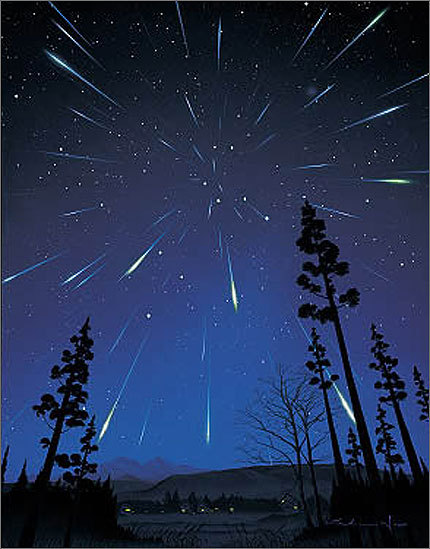
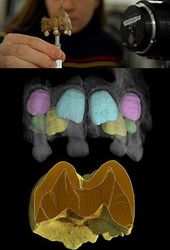
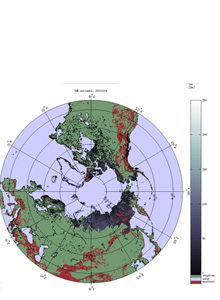
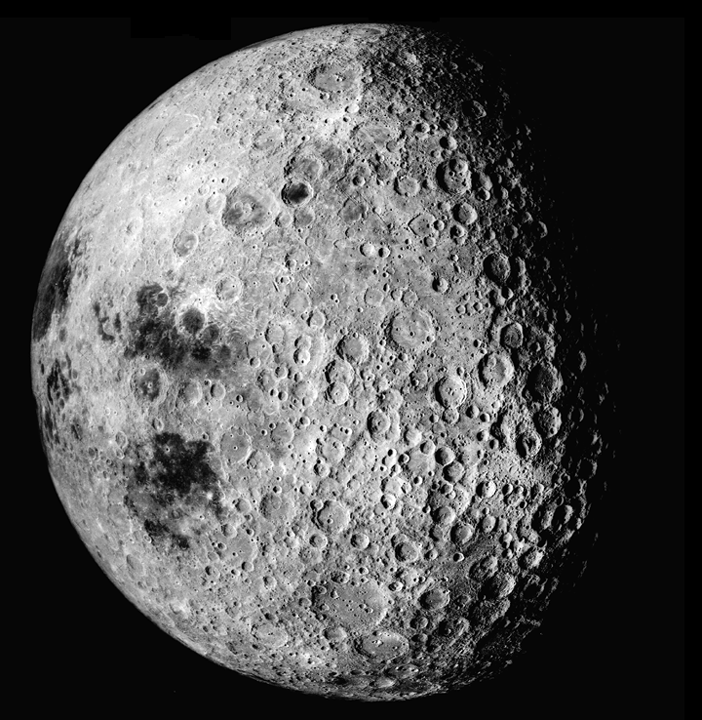
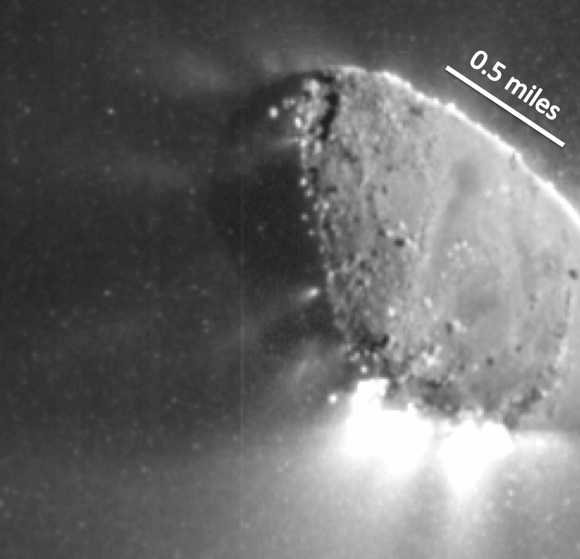
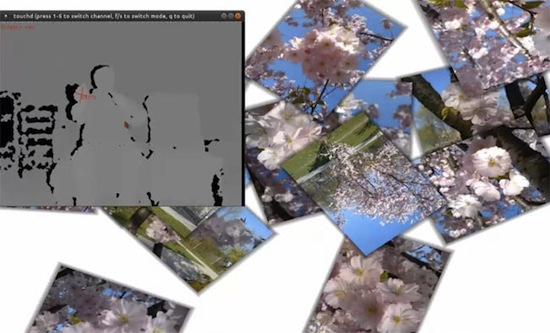
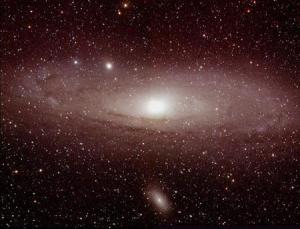



Comment: See also our forum discussion The Neanderthal Legacy for more information on this topic.